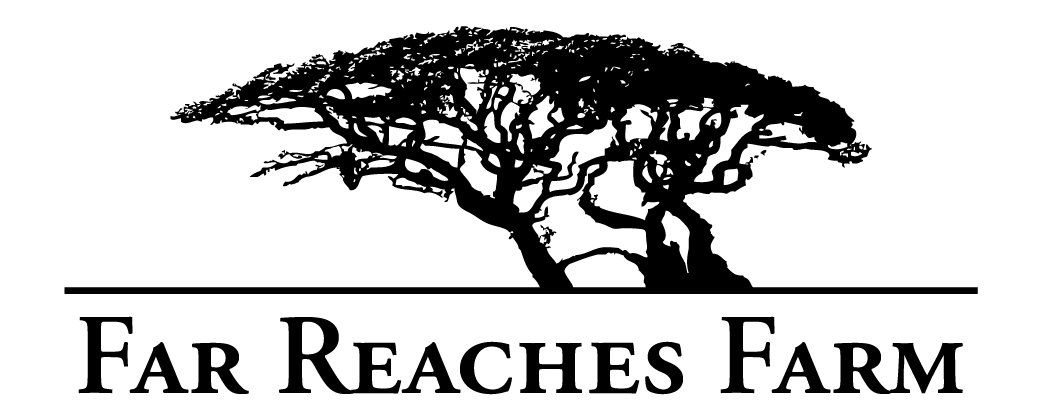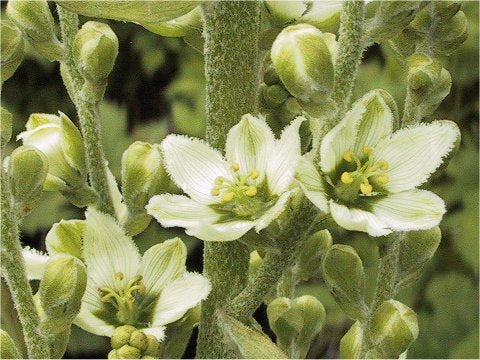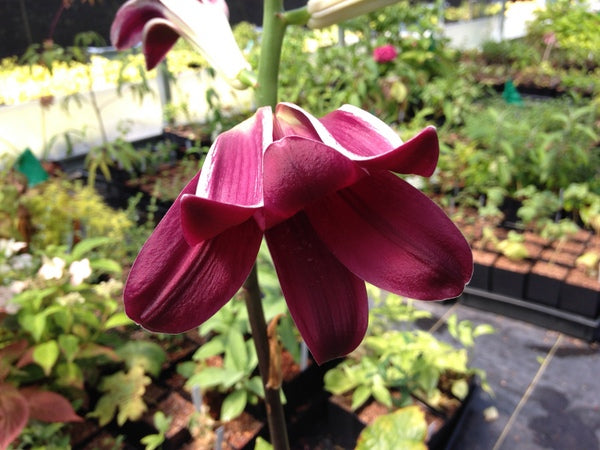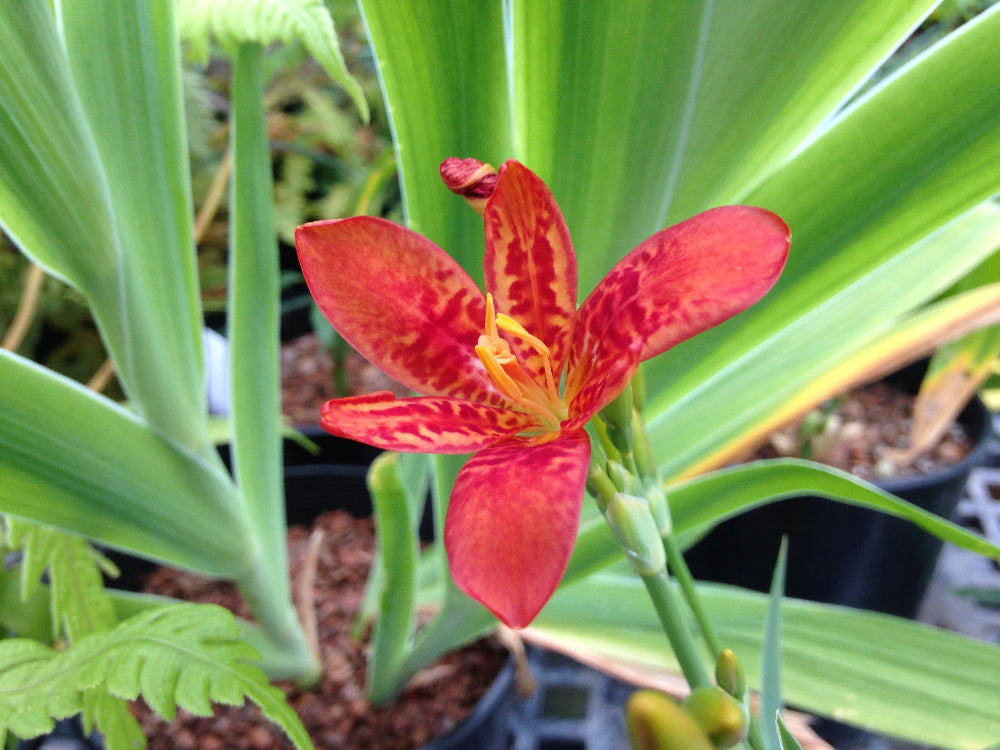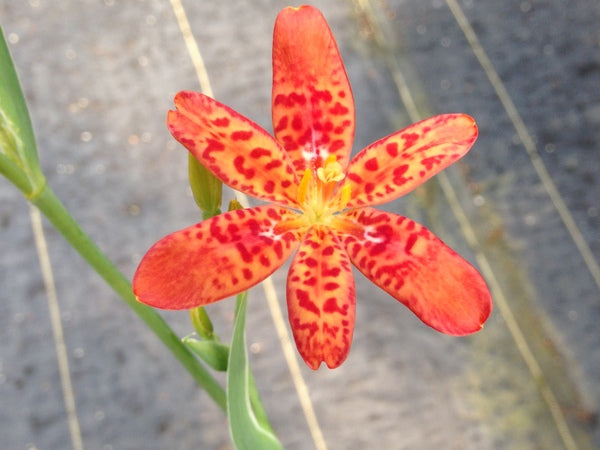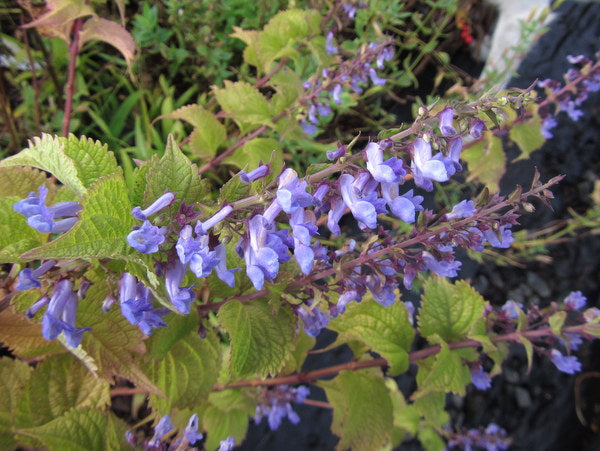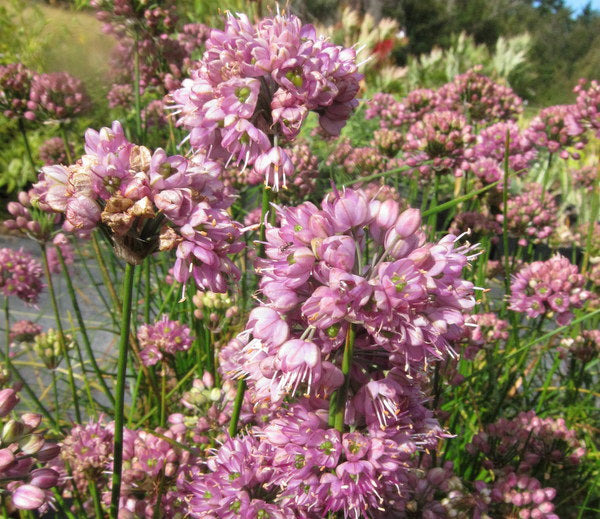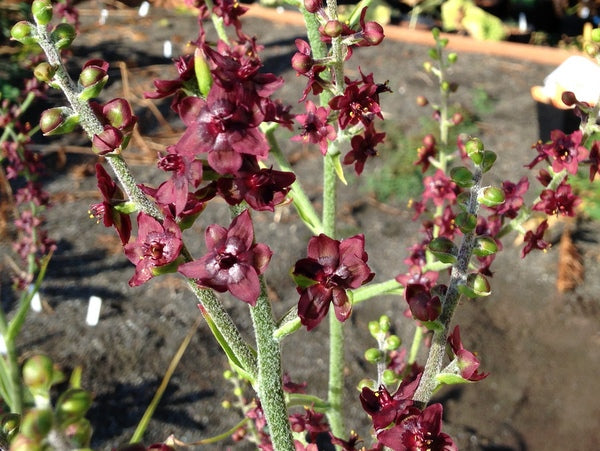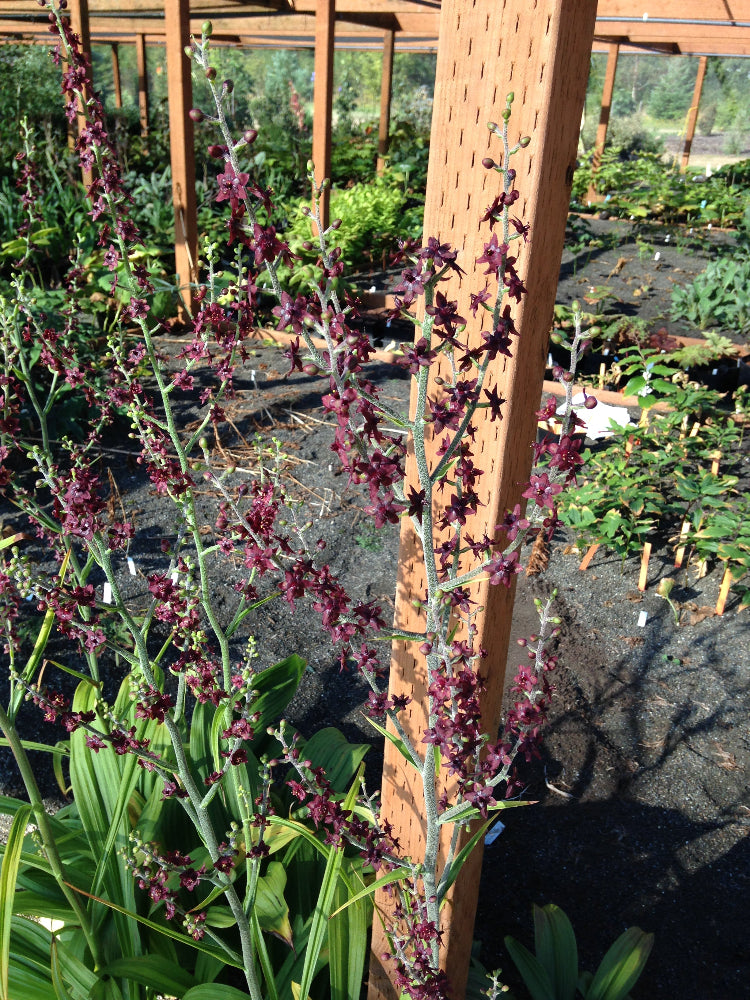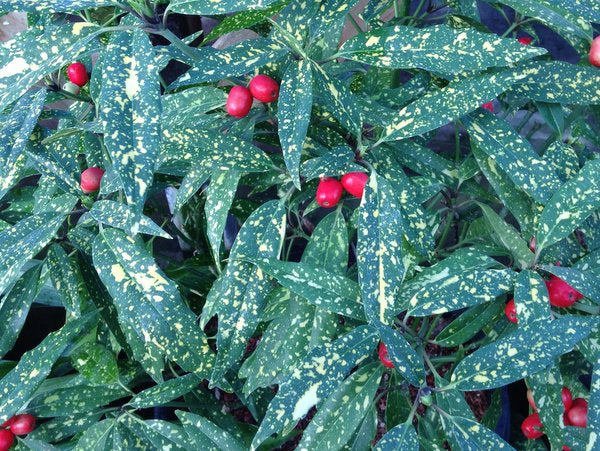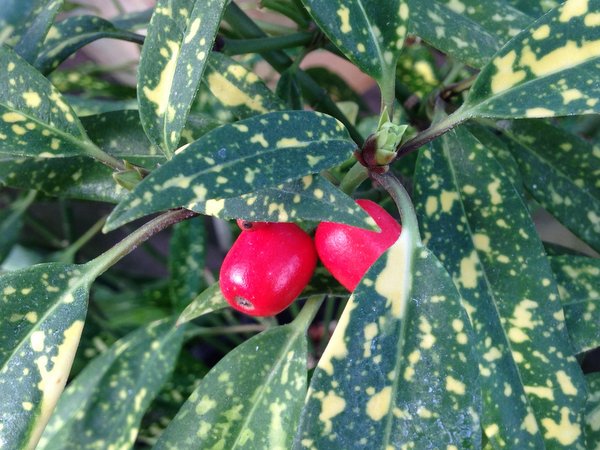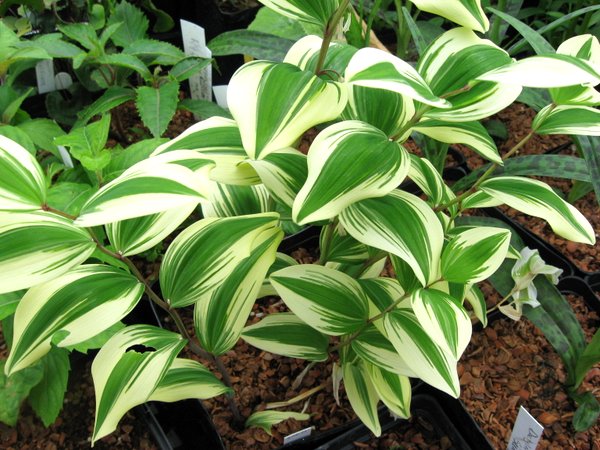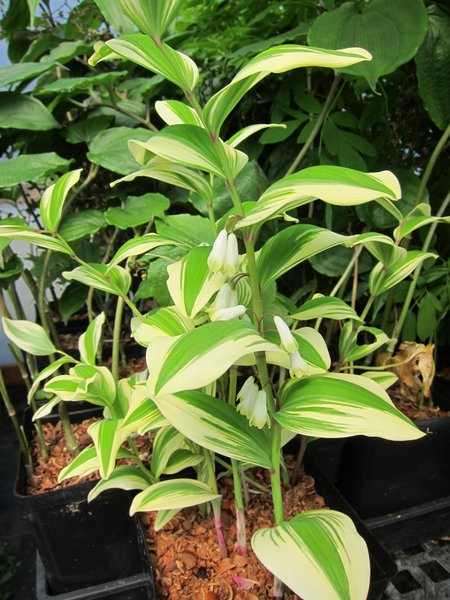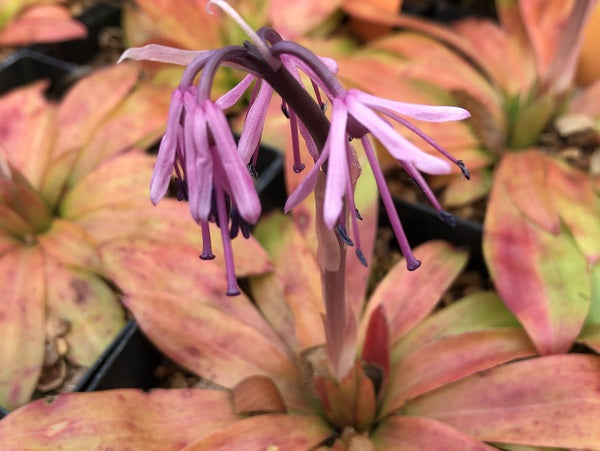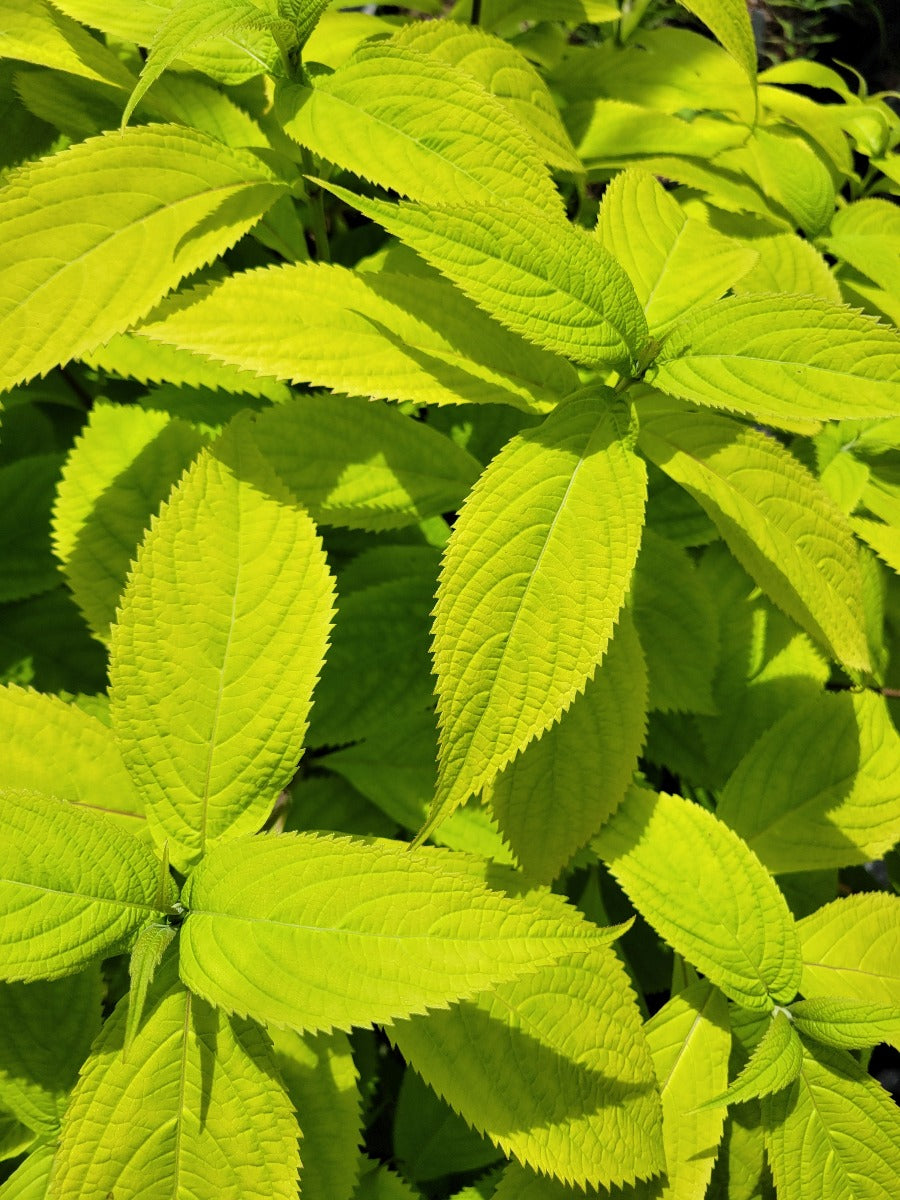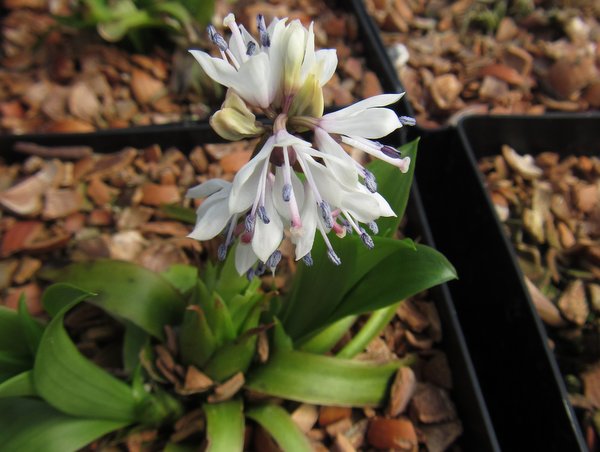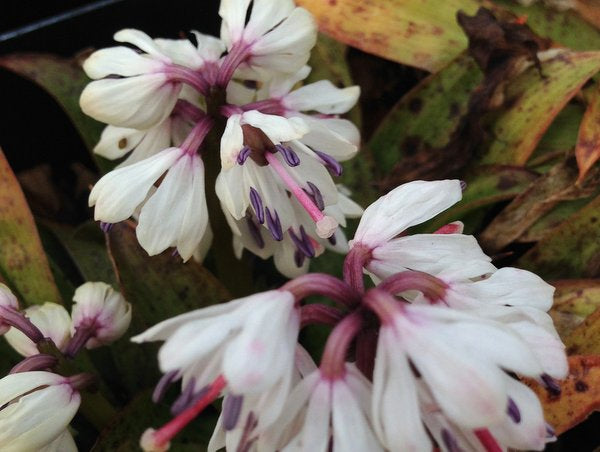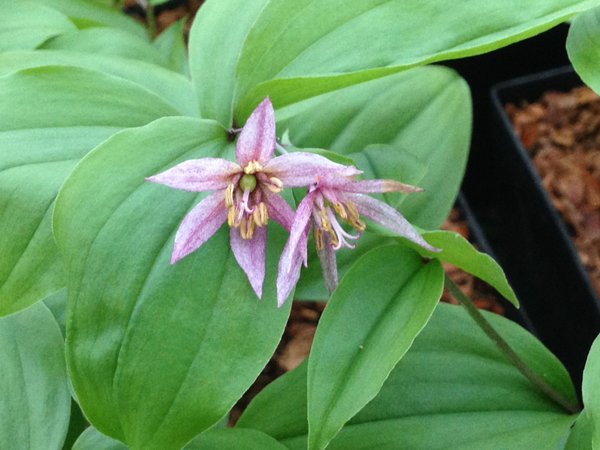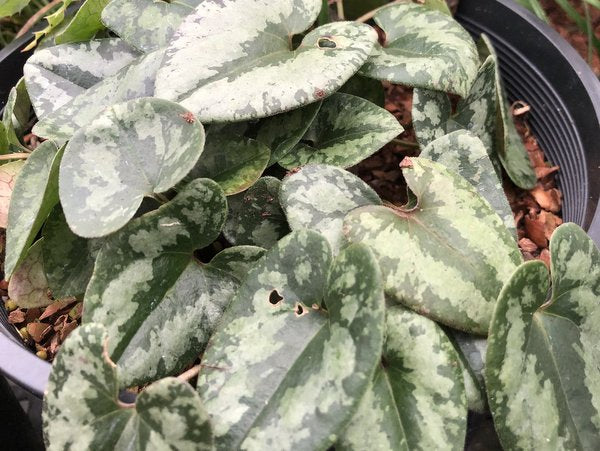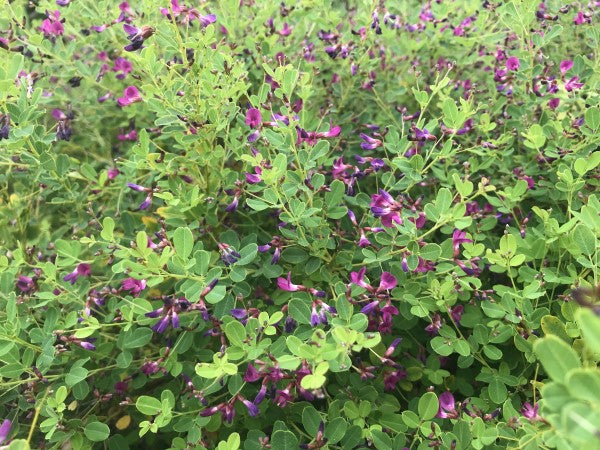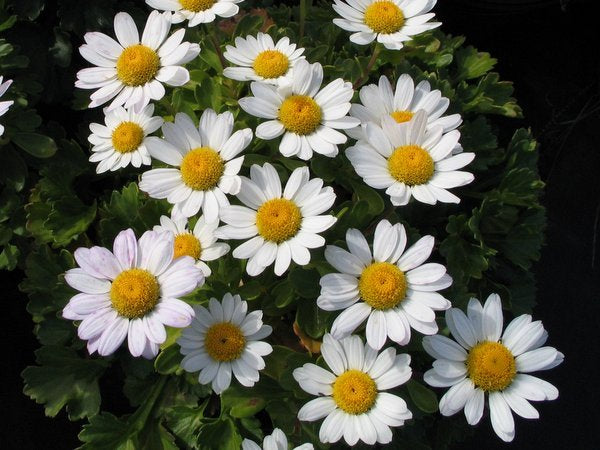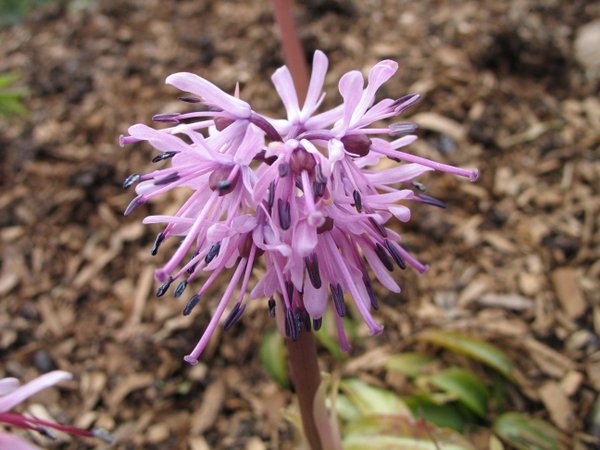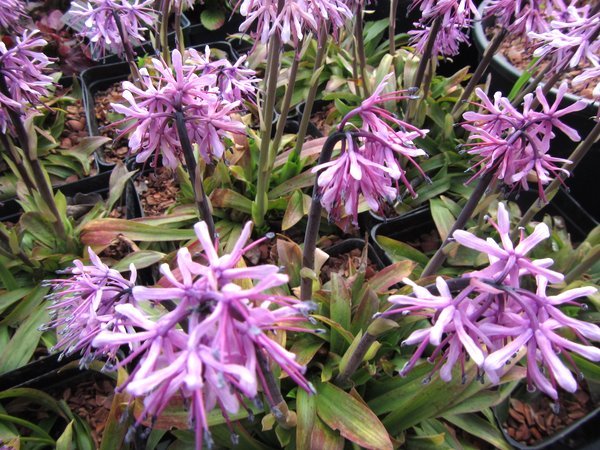Sort by:
129 products
129 products
Bulbs of this exquisitely choice red-flowered variant of this shorter species. Saturated red interior with a white and red exterior - dang! This normally flowers 5-6 years from seed and these are a good age to get established for maximum oomph when flowering. You will be forgiven for any horticultural braggadocio!
We're Veratruphiles, no doubt about that and this was a prized acquisition. A Japanese native which is a smaller counterpart to our own native Veratrums or False Hellebores. This is smaller getting to just 3' tall in flower with the flowering stalk draped in white and green flowers tripling the foliage height, claiming it's rightful place only when at its peak and otherwise demurely playing the role of high quality foliage texture.
This tasteful perennial from Japan bides its time in the shade garden as the floral hoi polloi scrabble for attention during spring and summer. Once the fracas has died down, this takes center stage in September and October with its intricately constructed buds like little pieces of sculpture which open to fuzzy light lavender flowers.
